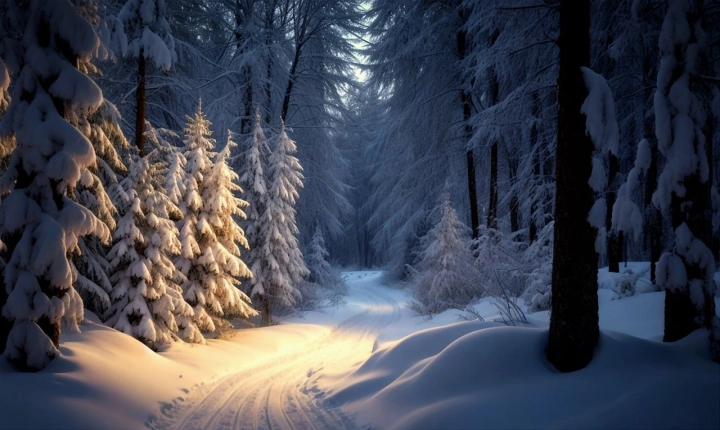Title: The Evolution of Art: How AI is Making Pictures
Art has always been a reflection of human creativity and ingenuity. From the ancient cave paintings to the masterpieces of the Renaissance, the art world has been an ever-evolving landscape of expression. In recent years, the rise of artificial intelligence (AI) has begun to revolutionize the way we create and appreciate art. One of the most intriguing developments in this realm is the AI-generated artwork that is now being produced.
AI has the capability to create, alter, and enhance images using advanced algorithms and deep learning techniques. Generative Adversarial Networks (GANs) are a prime example of this technology, where two neural networks compete against each other to create increasingly compelling visual outputs. These AI systems are able to learn from large amounts of data and generate new, original artworks that mimic the style and aesthetics of human artists.
One of the most notable examples of AI-generated art is the “Portrait of Edmond de Belamy,” which was created by the AI algorithm developed by the Paris-based art collective Obvious. This painting was the first AI-generated artwork to be sold at auction, fetching an impressive price at Christie’s in 2018. The success of this piece sparked widespread discussion about the role of AI in the art world and its potential to revolutionize traditional artistic practices.
The AI’s ability to create art has also raised questions about the nature of creativity and authorship. While some argue that AI-generated art lacks the emotional depth and human touch of traditional art, others see it as an exciting new form of artistic expression. In fact, some contemporary artists are embracing AI as a tool to enhance their creative process, using it to generate new ideas and explore different visual styles.
Beyond individual artworks, AI is also being used to assist in the creation of larger-scale visual content, such as movies and video games. AI-powered tools can generate realistic landscapes, characters, and special effects, streamlining the production process and pushing the boundaries of visual storytelling.
However, as AI continues to make strides in the art world, there are ethical and legal considerations that need to be addressed. For instance, how do we attribute authorship and copyright for AI-generated art? Should AI-generated artworks be considered as genuine artistic creations, or merely as technical outputs? These are complex questions that will require careful consideration as AI becomes an increasingly integral part of the artistic process.
Despite these challenges, the emergence of AI in art has opened up exciting new possibilities for both creators and audiences. The technology has the potential to democratize art, making it more accessible and inclusive. It can also inspire fresh perspectives and aesthetic experiences that challenge our traditional notions of art and creativity.
In conclusion, the integration of AI in art is a fascinating development that is reshaping the way we perceive and create visual content. As AI technology continues to advance, we can expect to see more AI-generated art that pushes the boundaries of traditional artistic expression and opens up new avenues for creative exploration. The future of art is undoubtedly evolving, and AI is poised to play a significant role in shaping it.
